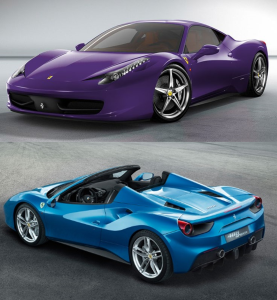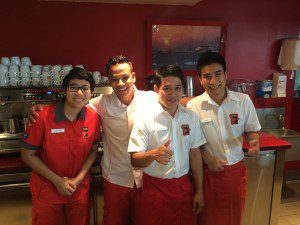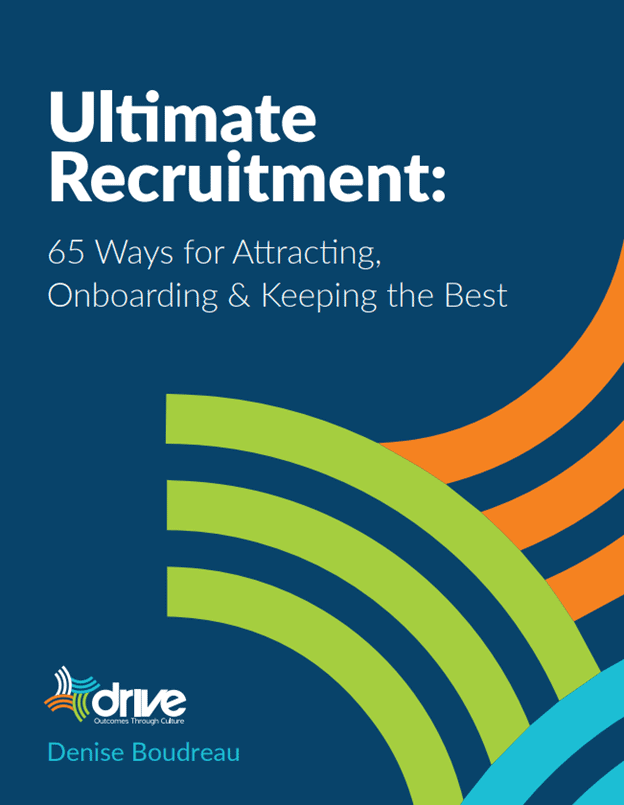What can senior living learn from a luxury sports car company whose founder’s mantra was “Always sell one car less than the market demands?”
Turns out a lot! It also turns out I can’t magically make your automotive fantasies come true.
BUT I can give you a little bit of Ferrari magic. Two tips that will help get your team as excited about coming to work as a middle-aged man who finds a cherry-red Ferrari in his driveway. (For the record as a middle-aged woman I’d be pretty damn excited too!)

As you undoubtedly know, Ferraris are assembled in Italy. Pardon me; they are not assembled. They are “crafted”. (Notice how language is important even to a car manufacturer!)
Fifteen years ago Ferrari adopted a philosophy they call “Formula One.” “It means that we put the employee at the center of the factory,” a spokesperson told the Detroit Free Press.
Recently, I experienced this philosophy. While I wish it were as I was choosing between purple and teal for a Ferrari of my very own, it was exciting in its own right!
Two experiences that took my breath away
I was surprised by two occurrences at Ferrari World, the world’s largest indoor theme park* in Abu Dhabi.
First, content employees. You know how sometimes you can spot an enjoyable or miserable workplace almost immediately? Somehow you can just feel it. (As can your current and potential residents and families!)
The second shock involved me riding the world’s fastest roller coaster*. I’ll spare you the details except to share that the only benefit of hurling yourself through the air at 149 mph is that the 115 degree temperature outside feels a little cooler.
While at Ferrari World I knew nothing of that “Formula One” philosophy. (I also didn’t know you shouldn’t listen to 14-year old boys’ advice about the intensity of a roller coaster).
Why did I set out to learn more?
In my quest for caffeine, and to delay my inevitable demise on twisted steel, I struck up a conversation with a 20-something year old behind the café counter. From Nepal and with a huge toothy grin, he was one of those people that just sparkle with enthusiasm.
He left his country and family to come work at Ferrari World. They paid for his travel to Abu Dhabi and provided housing.
I immediately envisioned the big, bad luxury car manufacturer exploiting the 80% of employees who come from different parts of the world.
Instead as he puffed out his chest with pride, he replied to my inquiry about working there.
“I love it! I’m always learning something. They are always teaching us and giving us trainings.” He went on to say, “I feel like I kid working here.” I assumed he was referring to the fact that he works in an amusement park.
But he followed that statement up with, “My mind just expands. Like a little kid I get so full of ideas from all that I learn that sometimes I feel like my mind’s going to explode!”
With a little embarrassment on his face he shared with discomfort, “Actually at times I think of too many and have to scale it back.” The toothy grin returned, “But I’d rather have that then never learn new things like in some jobs!” His coworkers from Myanmar and the Philippines joined us and agreed.

Why you should aim to look like a factory
Post caffeination instead of being bored to tears on a ride about how Ferrari’s are crafted, I came away intrigued. The factory has large areas for plants and trees inside. Windows flood what would normally be a dingy work environment in natural light.
One article describes the factory as even sounding different with no noisy assembly lines and teams that huddle quietly in an immaculate setting. A “high-end” cafeteria and outdoor garden walkways provided for employees.
Wouldn’t it be nice for a visitor to describe your team as “quietly huddling” instead of the more likely scenario of them bellowing down the hall to each other? Could your break room or cafeteria be categorized as “high-end”?
The normal response to these questions is that employees themselves are doing the yelling or acting as the culprits in creating a messy break room. When you step back however they are responses to a culture that has been created in your organization. Environment is a huge part of that culture, not only for residents, but for staff too.
What can we learn from a company that creates dream machines?
- Continually providing education for your employees is not a luxury. It’s a necessity! If you want to create an environment that instinctively feels like it’s a great place to live and work investing in employee education is not an option. (Plopping someone down in front of a computer screen for online training with no opportunity for discussion before or after is not the stuff that gets staff puffing out their chest when they talk about your organization.)
- The environment significantly impacts employees. Constantly buzzing alarms on people, doors and beds. The lack of orderliness at work areas and offices. Old papers that no one reads hanging everywhere the eye can see. Ripped chairs in the break room. They all send a message. “We value you,” or “You don’t really mean much to us.” What message are you sending to your team?
Imagine. One less open position than qualified candidates. One less apartment or room than applicants. The journey awaits my friends, hit it full speed!
*Note: Spent five days in Abu Dhabi and Dubai. From a mall to a building to a waterside… everything is the world’s largest, fastest, tallest!
